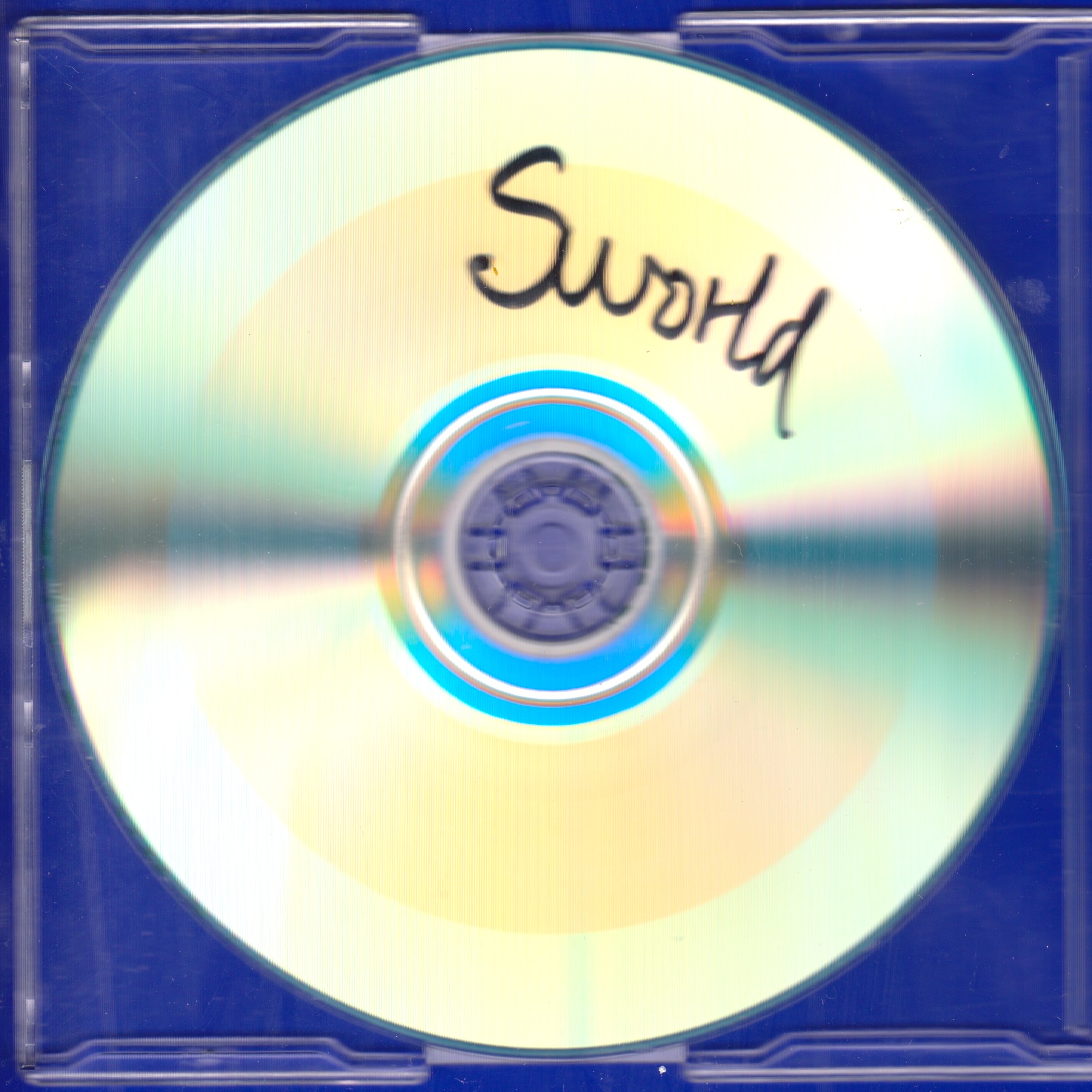- 077_Charged (Sworld E01)
- 076_Dream journeys of G.M.
- 075_Spiritual Catapult
- 074_about Sworld
- 073_“Hotdog, Art!”
- 072_Inner Cop Avoidance
- 071_Skoven / Anatomical study
- 070_play 2 / untell
- 069_Bag To Bag
- 068_Sweets 4
- 067_Sweets 3
- 066_Omnitopoeia
- 065_Sweets 2
- 064_Audience
- 063_T.O.
- 062_Variables of Uncertainty
- 061_Sweets1
- 060_Cube of coincidence
- 059_2019, utterakandh
- 058_Soothsinger
- 057_Gathering Together Swamp
- 056_Embedded Listening
- 055_Dial
- 054_Playhouse in deep time
- 053_Gennem et specielt glas
- 052_Le seul salut que je connaisse
- 051_Chimera/Homeostasis
- 050_A Limb Between Two Greens
- 049_H
- 048_Music and Neighbours of Chi’en Chien
- 047_OK A.P.
- 046_Seul Blues Palindrome
- 045_Sitting Close To A Stranger
- 044_Perfect Working Order
- 043_Songs to the Keeper
- 042_Reception Desk #1
- 041_Mind Matter
- 040_GiVa1G booklet
- 039_GiVa1G
- 038_Gedehornbillens Aftensang
- 037_Womtour
- 036_Geneves Me Sansi (Nippon version)
- 035_Home is a Warm Place and Underground
- 034_The Good Spirit of Naulikan Forest
- 033_Structure of
- 032_Classic Brussels
- 031_Skaldic Songs 4 Albereich
- 030_I forlængelse af “Det Store Spil om Hiinguldet”
- 029_Det Sidste Hyggelige Hus
- 028_Rogueheim
- 027_Notion of Movement
- 026_Heavy Fruits / Light Metals
- 025_Girmhingsten
- 024_Forbindelser til Girmhingerzonen
- 023_Former Commodity #5
- 022_Furnace
- 021_Former Commodity #4
- 020_Bergtal til Vingmal
- 019_Former Commodity #3
- 018_SV
- 017_wacka
- 016_Aufgezeignet Dudelzack Zeremonie
- 015_Redeemer
- 014_∫
- 013_Adaptive Positions
- 012_Former Commodity #2
- 011_±±±±±
- 010_World Pool
- 009_Former Commodity #1
- 008_Economy of Meaning
- 007_Fresh Back from the Festival
- 006_Table Culture
- 005_Vanitas Performance Fest
- 004_Tabloid
- 003_Astral Triade
- 002_1
- 001_Folded Earth / Double Exposure

about Sworld
A word which doesn’t have an actual meaning. Rather the sound of Sworld can open meanings. Associations to meanings. Sword, swirl, world with an s in front. A kind of world. A swirly world perhaps? Or a sword world. Or an old world saw. Woorrrld saw. Sswiiirrrloldordddsword.
As a phenomenon of sound and meaning Sworld is both absent and present at the same time. The absence of actual meaning enables it to trace images of things, beings and spaces through listening. The unrecognisable evokes empty spaces inviting to be filled with endless amounts of possible meanings.
I think I was about 11 years old when I experienced this phenomenon the first time. A friend of my parents who used to visit us in my childhood home gave me a CD with sounds that he had recorded. One of these sounds, he told me could make time spin like a spinning bottle. This made a lot of sense to me at the time and it inspired me to develop a kind of game, which adresses a similar ambiguity.
In this game me and my friends would turn an empty bottle and then walk for a whole day in the direction that the bottle was pointing. We lived in a small town in the country side of Jutland, and since we would only walk in that specific direction that the bottle was showing, we would often have to cross cow fences, dense shrubbery and swamps. At the time we didn’t have any watches or mobile phones, we only carried some food and a tent, to overnight wherever the bottle would lead us. And then we would wake up in the morning with no clue where we were and what time it was, often wet and tired from swamp water and little sleep. Nevertheless always with a joyous feeling of total unattachment to our everyday life. I often think of this situation and how much we enjoyed being absorbed by this envirmoent that we sat up for ourselves. A timeless vacuum of endless possibilities.
The film Yumen by J.P. Sniadecki documents a similar environment. The film takes place in an abandoned town in China. The director and a small crew of local people walks around in a landscape, where signs on everyday life is still present. One of the locals is doing a beautiful choreography in front of the empty townhall. It isn’t explained why everyone has moved out of this town, it is just the reality that the film portraits. The film ends with a kind of plot twist, where one of the locals again is dancing through the empty streets. The camera is smoothly moving backwards filming her frontally moving forward. After a while a chicken appears in the frame, and shortly after a child running after a ball. Then some people appear. Then more animals. And suddenly a whole environment of open street shops, people, animals and vehicles folds out. The camera keeps walking backwards paving the way for the dancer moving into this environment. And this is where the credits starts to roll over the screen—There is no real explanation of this phenomenon, just this transition between these two parallel worlds.
The film’s sound design is used to embody this transition. In the abandoned part of town, there isn’t any sounds at all, not even a fly or anything. A totally silent environment. Just the sound of this crew walking around and maybe only a tiny gust of wind in the microphone. But when they walk into the inhabited part of the town the sounds suddenly appears as if the camera somehow penetrates a membrane that prevents sounds to travel between these two places. This sudden transition from empty to full both comments on the fruitful potential of nothingness. How things suddenly can spring out of the absent. But also the opposite transition, how absence lies within the life of this town as a back curtain.
This contradictory movement is the essens of Sworld.
AH, 2024